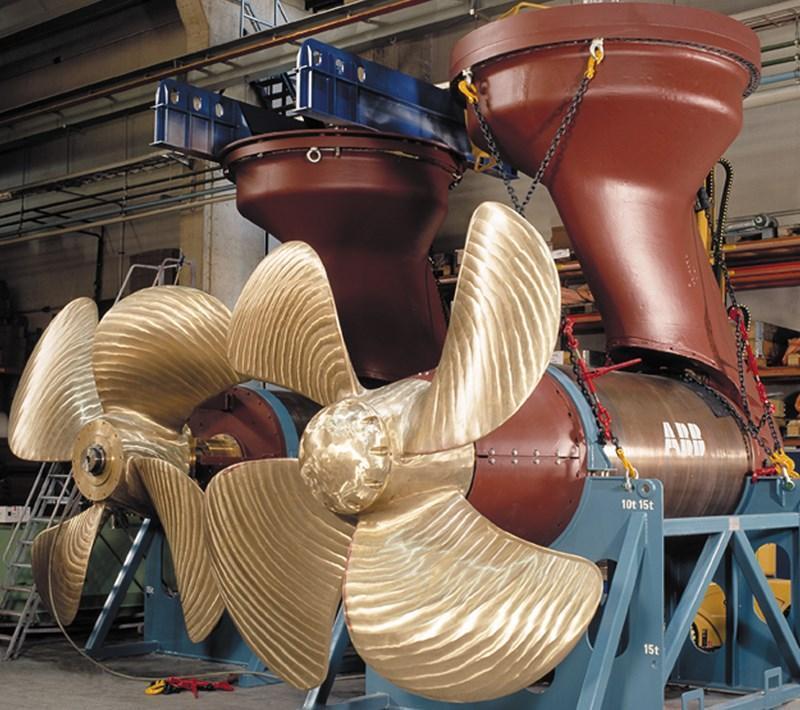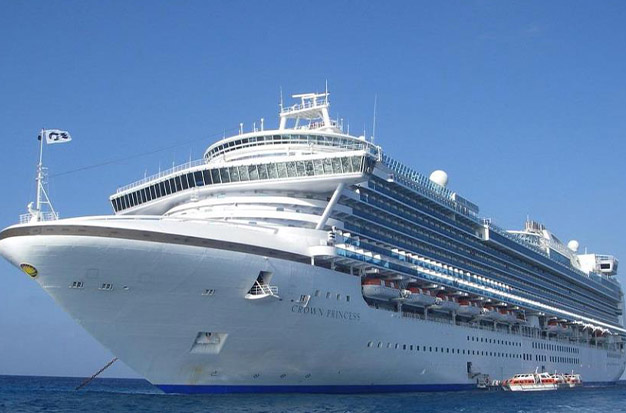Table Of Content

The process of refuelling a cruise ship, also known as bunkering, is a complex operation that involves both the delivery of the fuel and its safe transfer to the ship’s tanks. The time required can vary widely depending on the ship’s size, its fuel capacity, the type of fuel, and the infrastructure and procedures in place at the refuelling port. With a whopping 143,730 tonnes, P&O’s flagship ship, Britannia, resembles a five-star hotel at sea. Like driving a car, traveling at higher speeds causes an increase in aerodynamic drag, which has an immediate impact on fuel consumption. This is rarely a problem because the majority of cruise ships cruise at 21 to 24 knots.

Wind-assisted propulsion
Enhancements in LNG bunkering infrastructure and fuel capacity are also essential to the general acceptance of LNG as a marine fuel. Due to the expansion of LNG bunkering facilities in major ports worldwide, cruise ships can now refill with LNG, making longer trips and decreasing dependency on conventional fuels possible. Measuring the fuel used by cruise ships is essential to comprehending and reducing their environmental footprint.
Sailing Speed
However, the most important factor determining this is the cruise ship’s size. Generally, a large cruise ship up to 1,100 feet in length can carry as much as two million gallons of fuel on board. To compare, smaller yachts usually carry 200 to 1200 gallons of fuel onboard. The faster a cruise ship goes, the more fuel it burns because of the power required to propel the ship forward. This is one reason why cruise ships usually sail leisurely throughout your voyage. Many cruise lines are designing some of their new ships to run on LNG as it’s a clean-burning fuel that is better for the environment.
Ship’s Engine and Design
Due to LNG tanks' large sizes, this fuel is used usually on smaller passenger shipping vessels (ferries) operating on short crossing itineraries. Compared to other fuels (including MGO / marine gas oil), LNG is purer (no unburned residues, fewer greenhouse gases), more efficient, stable and cheaper (reduces fuel costs). LNG technology also advances due to IMO's future maritime emissions regulations, especially in ports and while operating in environmentally sensitive destinations. As the industry continues to strive towards sustainability, finding innovative ways to optimize gas consumption and reduce emissions on all ship sizes will be a top priority.
Aligned with evolving regulations and rising environmental awareness, cruise lines are striving to minimize their gas consumption and overall environmental impact. By practicing sustainable operations and embracing emerging technologies, the industry aims to provide unforgettable cruise experiences while preserving the delicate ecosystems we value. As the demand for sustainable travel grows, cruise operators are investing in research and development to explore new fuel options and technologies. This includes experimenting with biofuels, hydrogen fuel cells, and other renewable energy sources to power cruise ships in the future.
What Fuel Do Cruise Ships Use? - Cruise Hive
What Fuel Do Cruise Ships Use?.
Posted: Fri, 09 Jun 2023 07:00:00 GMT [source]
Auxiliary Power Consumption

If you’re an avid cruiser, have you ever thought about what type of fuel cruise ships use? The speed and itinerary of a cruise ship are important factors in determining fuel consumption. Finding the right balance between maintaining a reasonable cruising speed and meeting itineraries, as well as optimizing routes to minimize fuel usage, are key considerations for cruise operators. As a ship moves faster through the water, the resistance encountered by the hull increases exponentially. The engines need to generate more power to overcome this resistance, leading to higher fuel consumption. Therefore, cruise operators often find a balance between maintaining a reasonable cruising speed to meet itineraries and minimizing fuel usage.
Factors That Affect Fuel Consumption
Cruise1st.co.uk claims a normal cruise ship can use around 140 to 150 tons of fuel each day, consuming 30 to 50 gallons per mile travelled. By considering these factors, cruise lines can identify areas for improvement and implement measures to reduce fuel consumption and environmental impact. Through innovative technologies, operational efficiency, and regulatory compliance, the industry continues to evolve towards a more sustainable future.
Factors That Affect the Amount of Fuel a Cruise Ship Holds
Additionally, it guarantees that the vessel complies with local emission standards. For instance, a third-generation engine’s performance varies greatly from eco speed to full load. This implies that based on these characteristics, every engine will have a different consumption chart. At the following tag-link can be found listed all CruiseMapper's news related to propulsion-power accidents.
How Much Fuel Does A Cruise Ship Hold?
In addition to the engine type, onboard operational practices also contribute to fuel efficiency. Cruise operators can implement measures such as optimizing engine load, improving hull design for better hydrodynamics, and scheduling maintenance to ensure engines operate at their peak performance. Regular monitoring and analysis of fuel consumption data can help identify areas for improvement and guide fuel efficiency initiatives. Ship's powerplant includes 4x Wartsila engines (model 8L50DF, total power output 30,4 MW). Propulsion is diesel-electric (2x shafts with fixed-pitch propellers) and wind-assisted (with 1x rotor sail).
Cruise ship engine power is supplied through the transmission to the propeller shafts. Modern ships use either diesel-electric engines or gas turbines as a source of power for propulsion, and for ship's systems. Some of the larger ships depend on two power sources - one for electrical power and one for propulsion. Split between four or five engines, each need between 15,000 and 19,000 gallons of fuel per day (about 750 gallons of fuel per hour).
How Much Fuel Does a Cruise Ship Use? - LoveToKnow
How Much Fuel Does a Cruise Ship Use?.
Posted: Tue, 16 May 2023 19:58:10 GMT [source]
By embracing innovative solutions and addressing the challenges of fuel consumption, the industry can ensure that cruising remains a sustainable and enjoyable experience for generations to come. The air conditioning and ventilation systems onboard a cruise ship also consume a substantial amount of energy. These systems are essential to maintain a comfortable environment for passengers and crew, particularly in warm climates. Cruise operators employ advanced HVAC systems with energy-saving features, such as variable speed pumps and optimized temperature controls, to reduce power consumption while ensuring passenger comfort. In recent years, there has been a shift towards slow steaming in the cruise industry. Slow steaming refers to reducing the cruising speed to achieve fuel savings.
An area creating enough power for driving such an enormous vessel through water needs to be really big - very often engine rooms occupy at least three decks. Rather than long halls stretching the length of hulls, machinery is almost always divided into smaller compartments - one for the main engines, another for the heating/air-conditioning system. If a penetration to the hull or fire happens, multiple compartments help contain the damage. At about 750 gallons, these luxury liners consume tons of fuel per hour. Thanks to LNG fuel innovations, the cruise industry is moving towards lower costs and a greener future. Lastly, varying weather conditions make an impact on fuel consumption, particularly wind and wave strength and direction.
If the engine department has information of rough weather, the same is taken into account for surplus bunkers. Cruise vessels mostly dwell around the coastal areas with occasional visits to the deep ocean. A major reason for this is that passengers want to indulge in the onboard and shore enjoyment together. Hence, once the vessel route comes through, the bunker estimations go underway. This will also cover the duration of port stays, the sailing environment, and the carrying capacity.

No comments:
Post a Comment